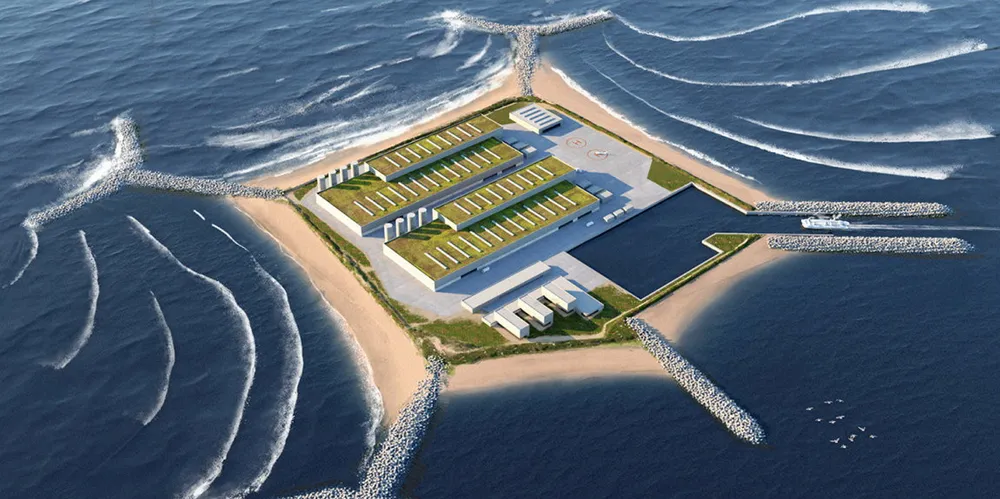Black Sea energy island 'optimal' for Romania, Bulgaria offshore wind build-up
Think tank study suggests island to be linked to 3GW of offshore wind capacity from each Eastern European country

Think tank study suggests island to be linked to 3GW of offshore wind capacity from each Eastern European country
